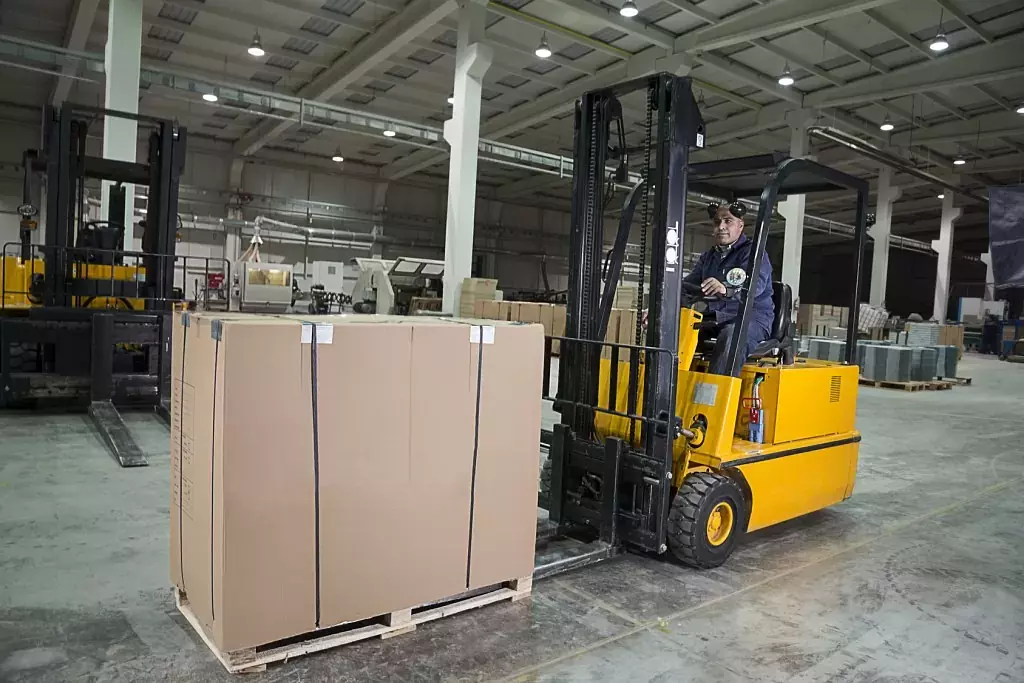 You know what they say about bad habits, they make bad practices. However, all is not lost. There is always room for improvement even for the most proficient forklift operator. There are many strategies and tactics that can instantaneously improve the behavior of forklift operators. Simple things, such as striving to be more attentive, routine maintenance and inspection and continuous improvement training can turn any novice operator with a history of bad habits in to a seamless veteran who can counted upon to get the job done. Here are some great ideas to consider:
You know what they say about bad habits, they make bad practices. However, all is not lost. There is always room for improvement even for the most proficient forklift operator. There are many strategies and tactics that can instantaneously improve the behavior of forklift operators. Simple things, such as striving to be more attentive, routine maintenance and inspection and continuous improvement training can turn any novice operator with a history of bad habits in to a seamless veteran who can counted upon to get the job done. Here are some great ideas to consider:
1) Improve Focus – The best way to ensure optimal operation is to always stay ahead of the curve. This means bolstering focus for forklift operators. An incentive-based program can pay dividends for operators that continue to retain a clean record of incidents. Forklift operators need to be on alert and monitor the floor at all times. Forklift operators should always keep their eyes focused in front of them, constantly surveying the area for potential hazards. As we have indicated previously, hands-free operation is the only way, as a forklift operator must be prepared to act immediately with both hands available. A great way to support this initiative is to ban food and beverages while operating, require anyone using a forklift to have their electronic devices put away and of course make sure the operator gets adequate breaks to re-charge. Fatigue is a common reason many operators lose focus.
2) Routine Maintenance and Inspection – What is one of the practices and habits? Making sure the device is safe to use, validating that all parts and components are safe to operate. What is the second best habit? Conduct routine and preventative maintenance when necessary. How is this done? Through a systematic inspection of all parts that can potentially cause trouble for forklift operators. Here are a few things to keep in mind:
- Operator must check both the fuel and voltage levels before operation
- Check the hydraulic oil
- Permits the forklift to raise and lower its lift platforms throughout operation
- Check various belts and pulleys throughout the mechanical system
Failing to do any of these reviews so can provide disastrous consequences. If a fault is found, it is important that the operator makes maintenance personnel aware of this. Trying to ride out one more project is likely not going to work and an extremely reckless practice. According to the Canadian Center for Occupational Health and Safety, “Malfunction of brakes, clutch, shift linkage, or transmission. mast assembly and leaks in hydraulic systems or
transmission” are chief causes of forklift incidents and through these vigilant practices, they can be easily avoided.
3) Support and Endorse Safety Training – The safest forklift operators are committed to maintaining up-to-date knowledge of industry-leading safety practices. This is not just from an OSHA perspective, but a general approach overall. Brushing up on required skills is a great way to optimize safety in material handling functions. Also maintaining up-to-date certifications is another great way for bad habits to be vanquished. Who says they have to die hard? Naturally there are alternatives, including forklift simulators and online training. These mechanisms are a great way for forklift operators to dust off rust or eliminate deficiencies in both a practical and academic setting before taking to the floor. Identifying and isolating mistakes at their root are the best way to gain improvement.
